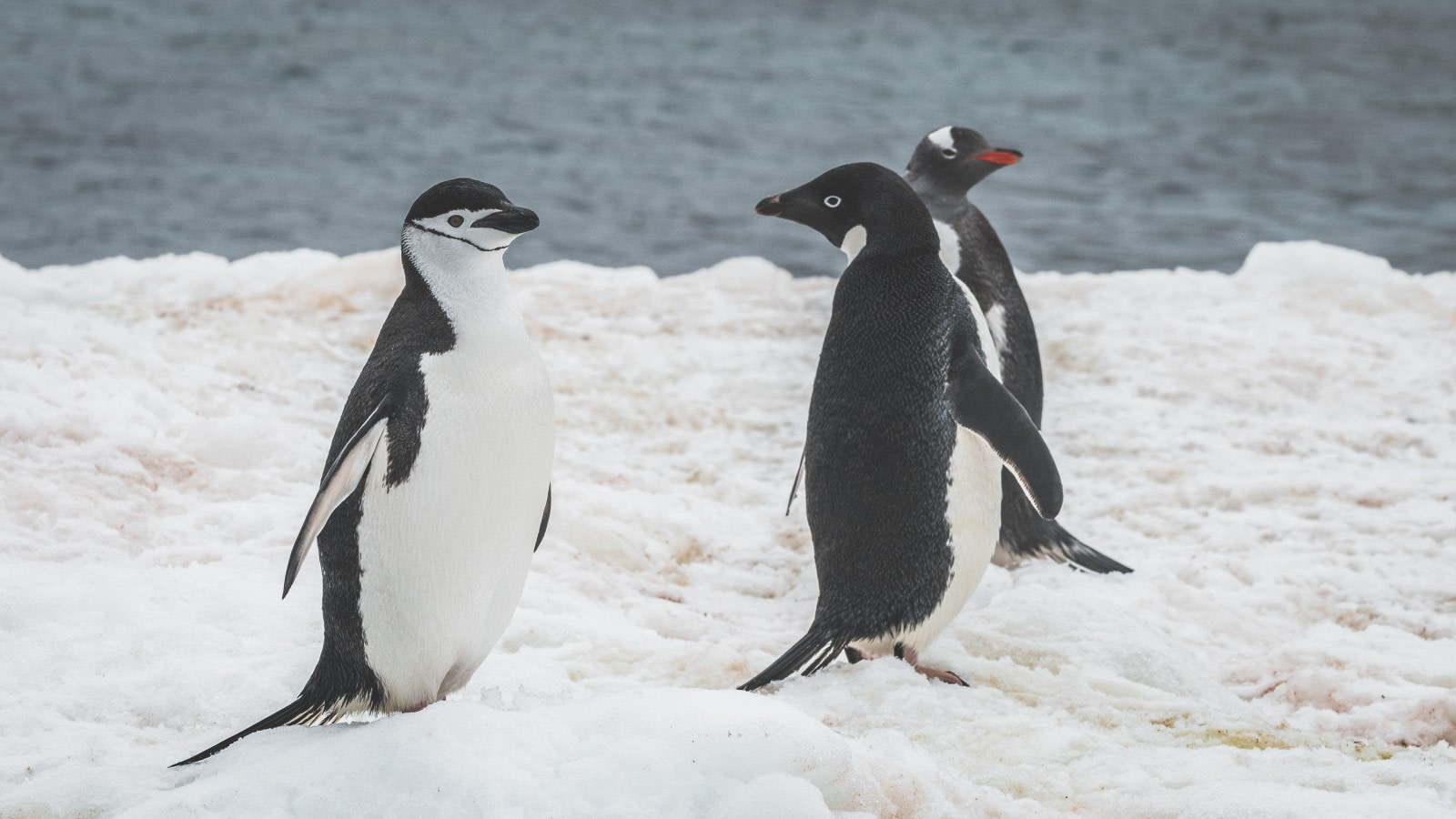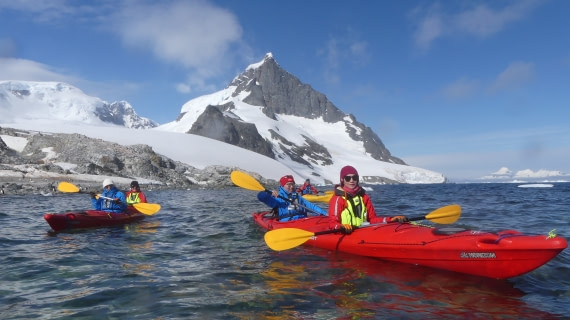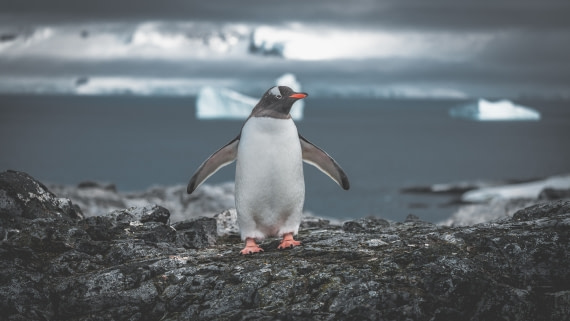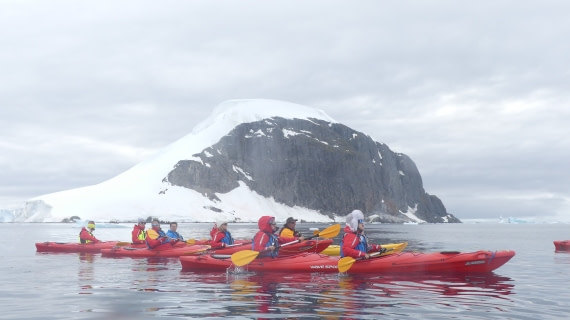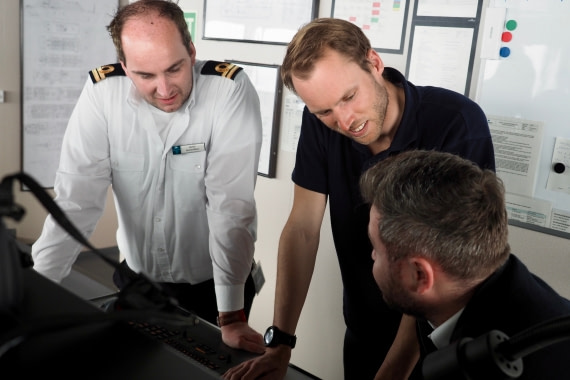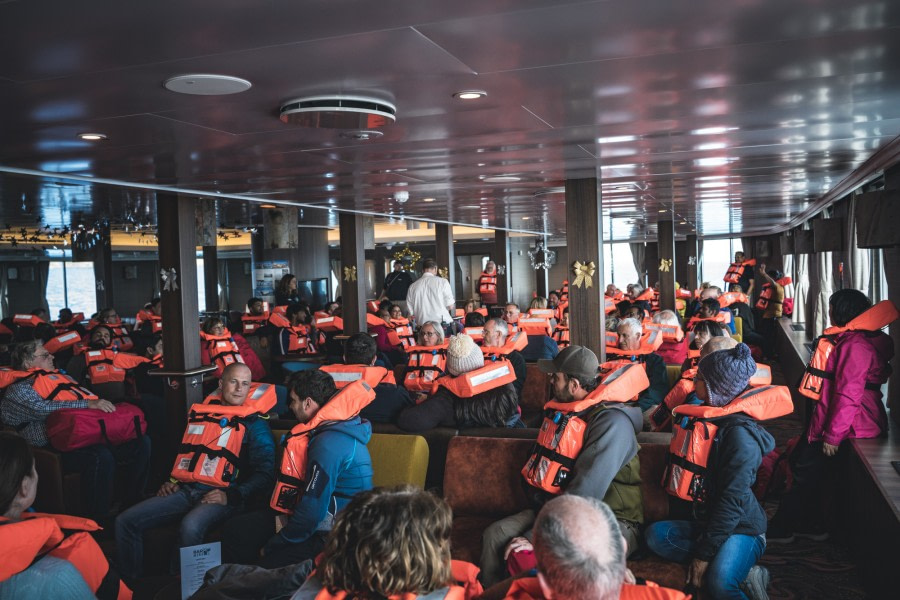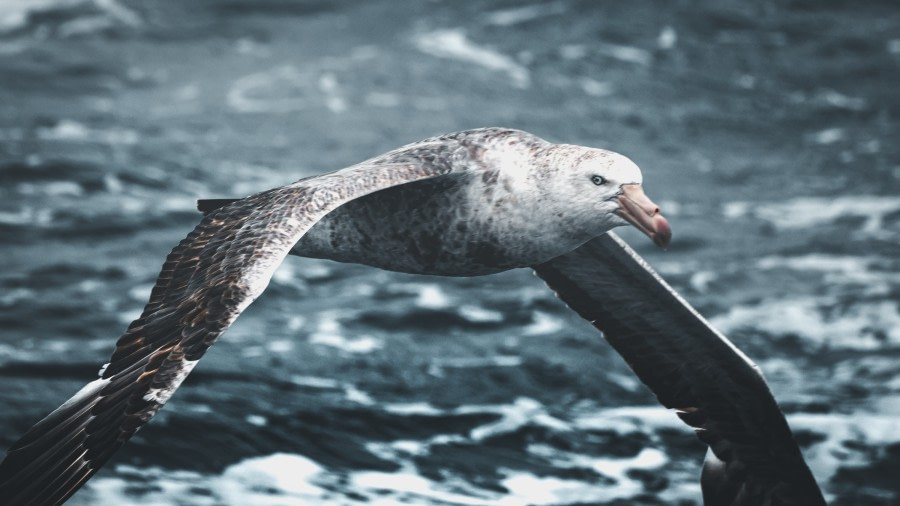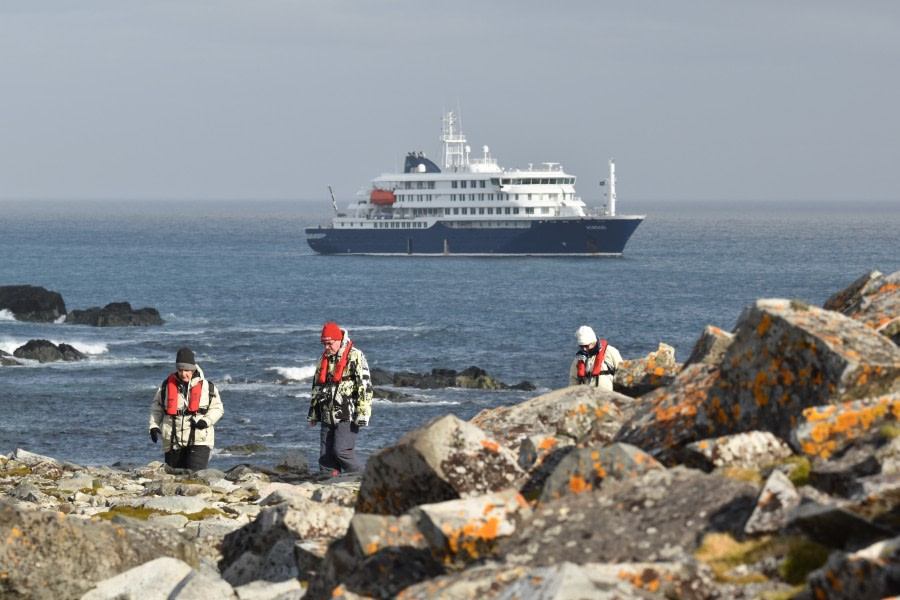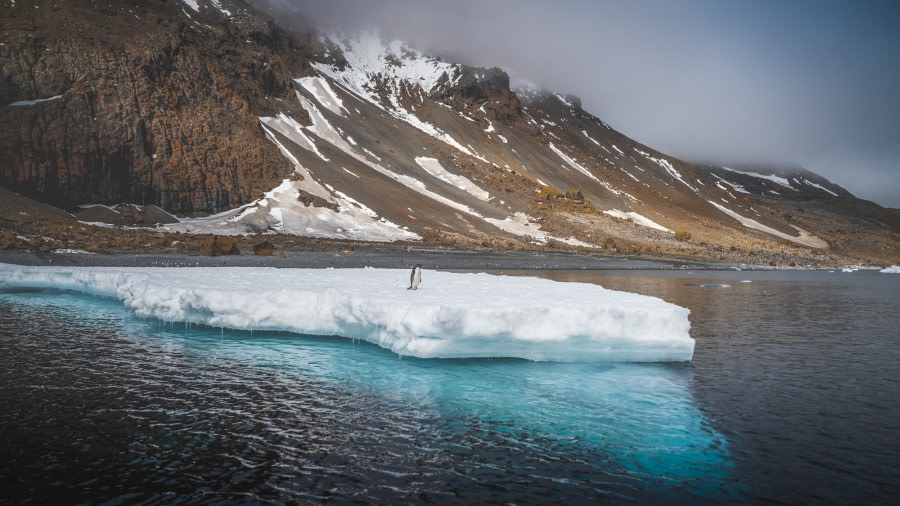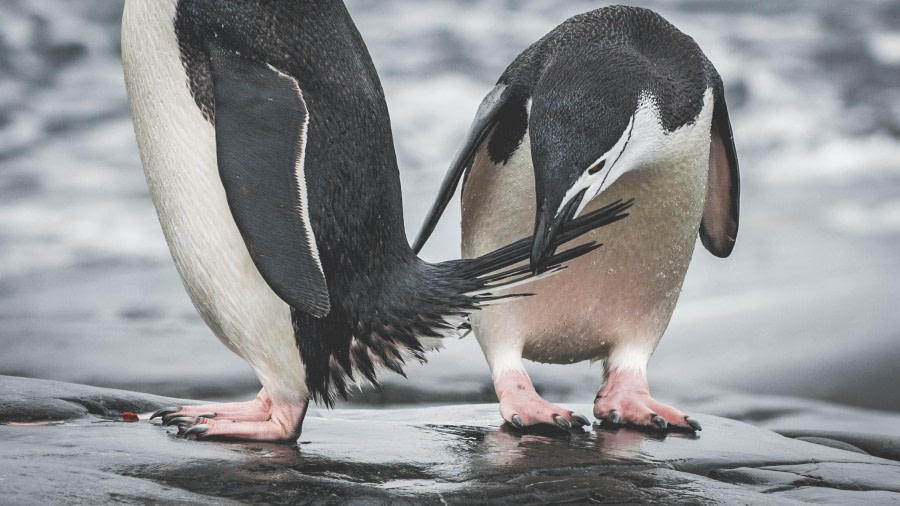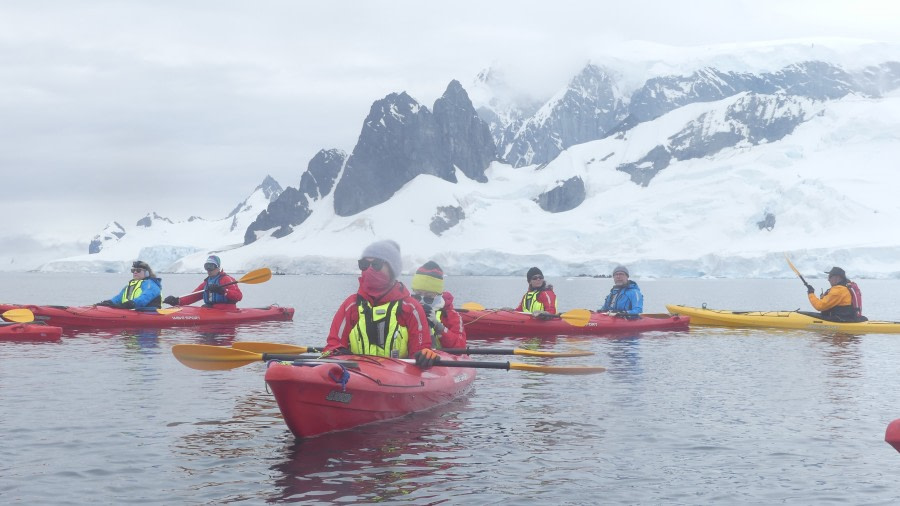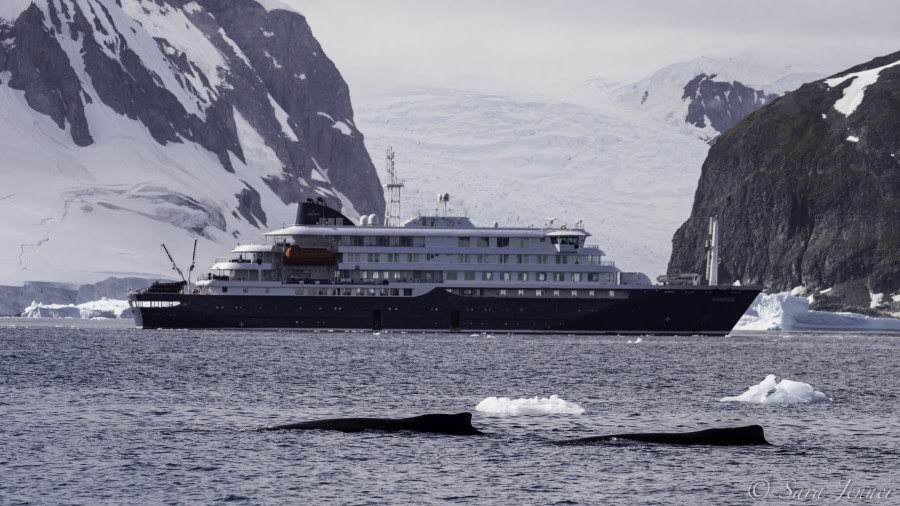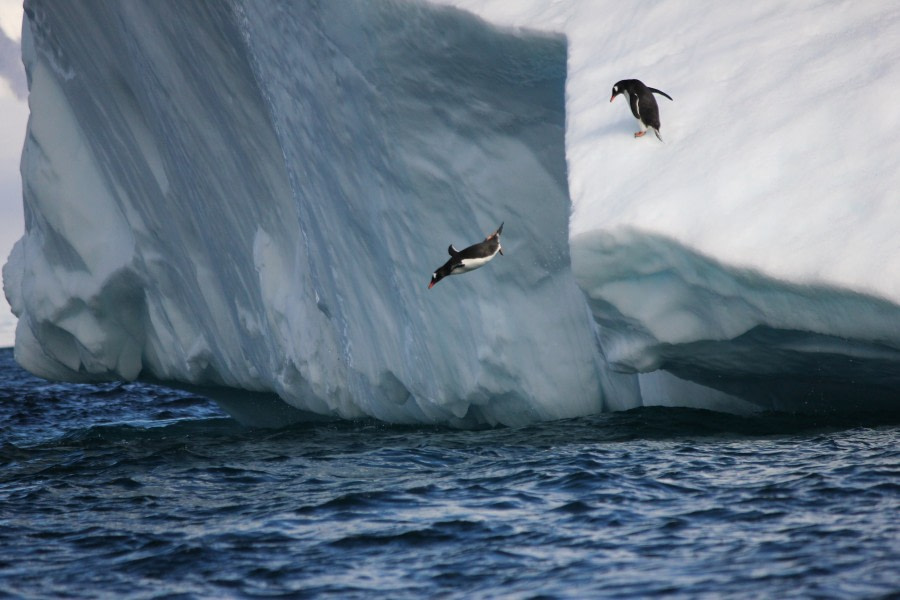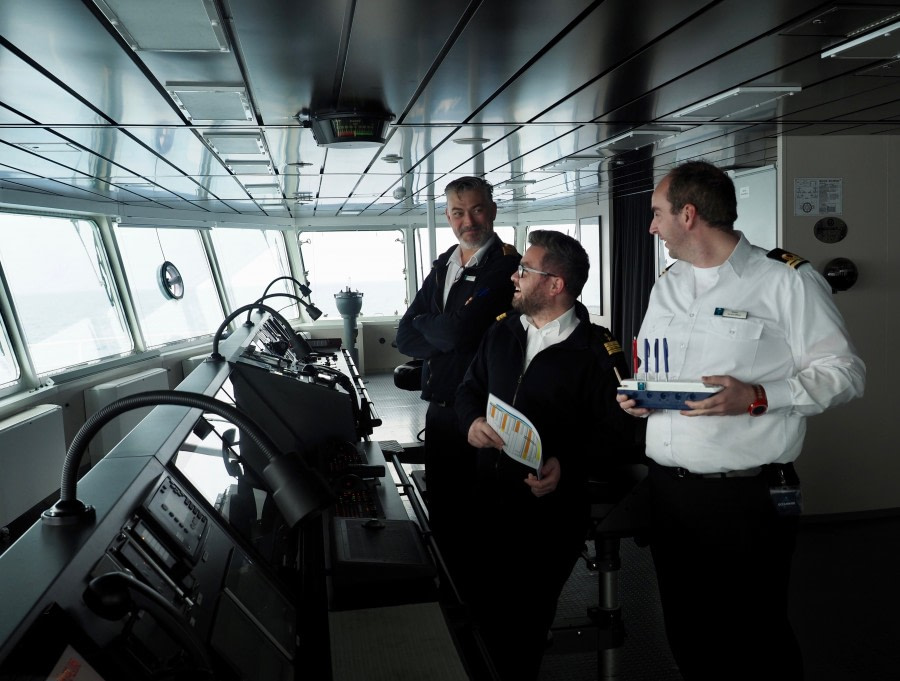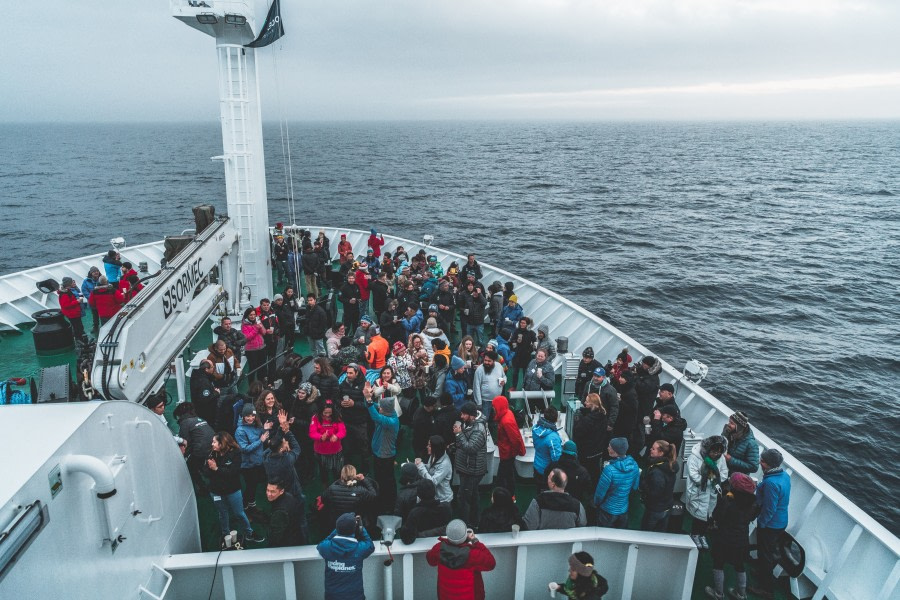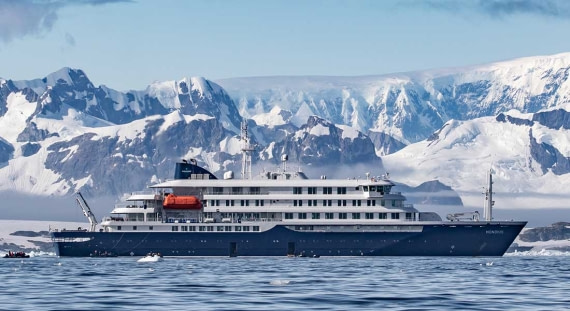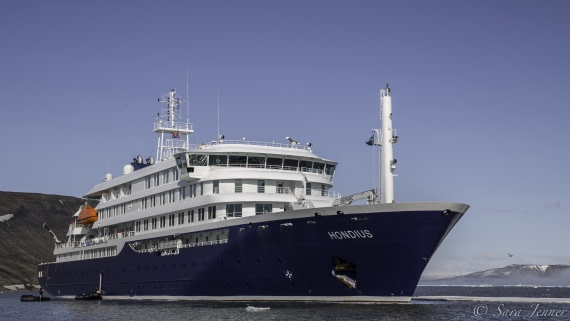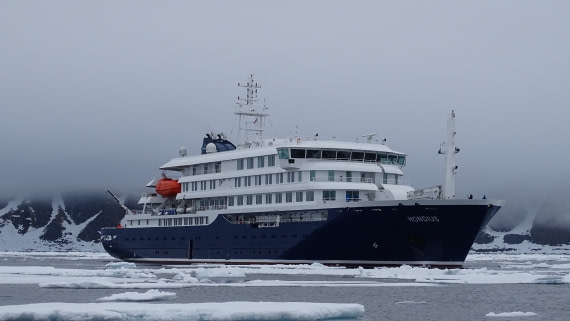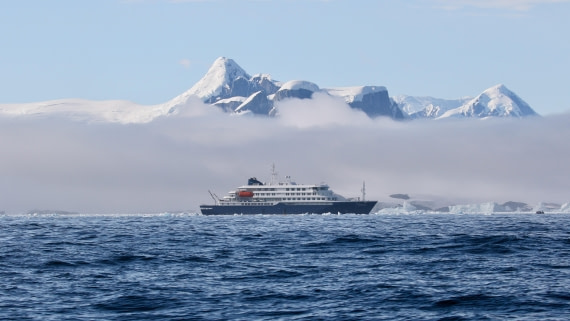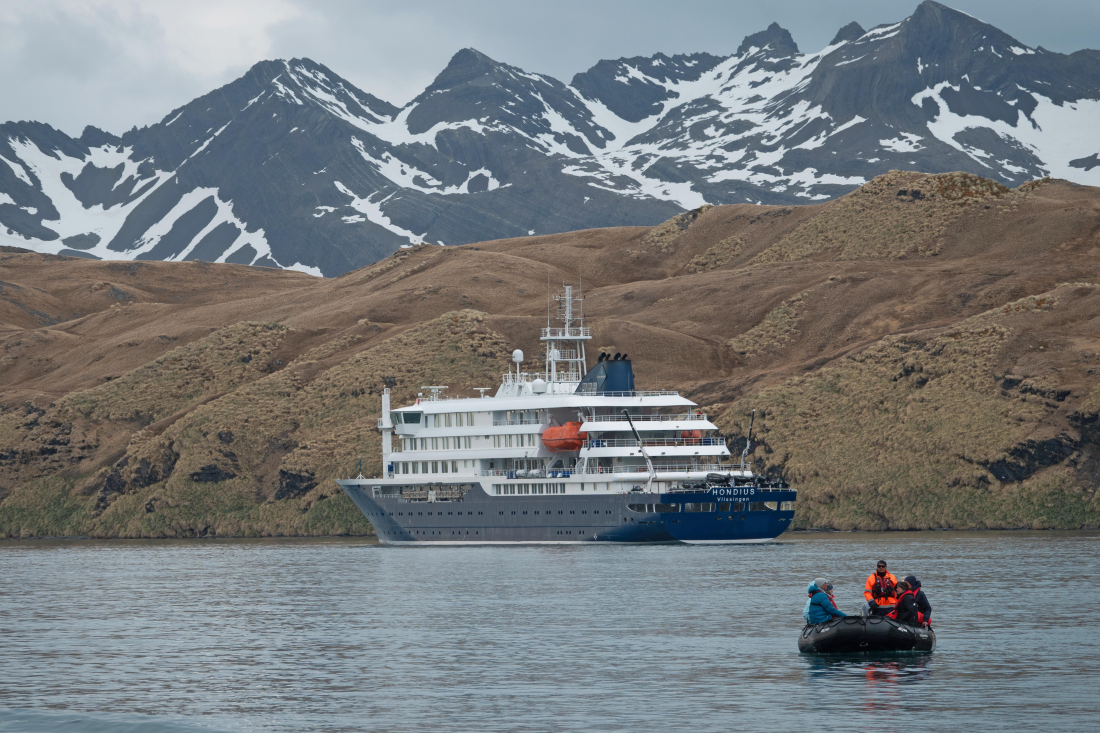| Date: | 29.12.2019 |
| Position: | 58°48’.5 S, 008°18’.1 W |
| Wind: | SW7 |
| Weather: | Partly cloudy |
| Air Temperature: | +10 |
Ushuaia! ‘The End of the World; the Beginning of Everything’ and for us the beginning of an incredible adventure. For most of us, it was a long-time dream, which had been booked months in advance, and we were really excited to board Hondius. However, before that, we had the full day to explore this beautiful Patagonian city; savouring the local flavours and enjoying the laid back Argentinian culture. The southernmost town in the world marks the end of the road in Argentine Tierra del Fuego and the beginning of a once-in-a-lifetime trip. Ushuaia, which means “the bay that penetrates to the west” in the indigenous Yaghan tongue, is a flourishing town that benefits from its magnificent, yet remote setting. A big community of adventure travellers meet where the rugged spine of the South American Andes ends. As could be expected from such an exposed setting, the weather has the habit of changing on a whim. We had the best example today with a sunny and warm, yet windy day, where every hour felt like a different season. It is finally 04:00 pm and we are slowly making our way to our future home for the next 10 days, Hondius. Actually, most of us were already waiting on the pier to board and you could feel the excitement in the air. The Expedition Team greeted us at the gangway, and you could feel the exhilaration among the team which was also starting a new journey. We were met at Reception by Michael and Alex, our Hotel Managers. We were then checked into our cabins with the assistance of our fabulous Filipino crew. We had a little bit of time to get familiarise with the ships before we all convened in the lounge to meet our Expedition Leader, Martin, and our Hotel Manager, Michael. They gave us an overview of the ship, a floating hotel which will be our home for the next few days, and a short introduction of the next couple of days. Then, we met the first officer Matei who led us through all the details of the required SOLAS briefing (Safety of life at sea). At the end of the briefing we all went outside to see our last glimpse of Ushuaia before heading into the Beagle Channel. Bathed in golden light under a beautiful sun, and surrounded by sea birds, we left the harbour and city life for a while. On hearing the alarm, we reconvened at the ‘muster stations’, the Dining Room (Deck 3) and the lounge (Deck 4, 6, and 7), for the mandatory safety briefing and abandon ship drill. We donned our large orange life jackets that will keep us safe should the need arise. One last time before dinner, we gathered in the Lounge with a glass of Prosecco. We were introduced to our captain, Remmert Jan Koster, who toasted to a safe and amazing trip. At 19:30 we sampled the first of many delicious meals on board, prepared by Chef Ivan and his galley team. This first evening on board was occupied by more exploration of the ship, adjusting to its movements, and settling into our cabins. In the early hours of the morning we would be out into the open waters of the Drake Passage and heading southeast towards Antarctica.
